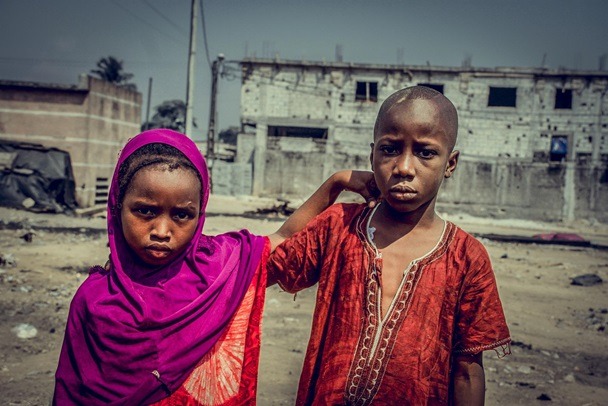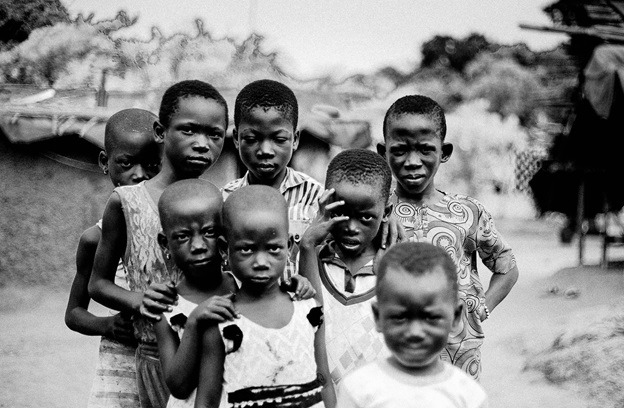The world produces more than enough food to feed every human; however, hunger remains a major world issue. World hunger is a severe problem in every part of the globe, with statistics showing that about 957 million people, about 12 percent of the world’s population, are hungry.
Hunger and poverty are internally linked because hungry people live in poverty. More so, the majority of the world’s hungry live in underdeveloped countries. A report from the UN in 2018 indicated that about 600 million people suffered from severe hunger, meaning that one in every nine people were hungry.
Sadly, after the COVID-19 pandemic that hit the world last year, the number of people battling chronic hunger rose dramatically. World hunger is a global problem that shouldn’t be ignored but must be treated with urgency.
The focus should be on improving food security and boosting global health; that way, we can accomplish zero hunger as part of the Sustainable Development Goal before 2030.
Without waiting for the world governments to tackle this issue alone, many hunger relief organizations have made massive efforts to curb this menace. Read on to discover those efforts. You can view the list of world hunger charities here.
Regions With Highest Hunger Rates
The majority of chronically undernourished people are in underdeveloped countries, especially in Asia and Africa. Asia leads in the number of malnourished people due to its high population while Africa has the most food-insecure people.
For example, in Southern Asian countries like Bangladesh, Pakistan, and India, the number of chronically hungry people is steadily rising each year.
In Africa, the subregion with the highest hunger prevalence is Sub-Saharan Africa, with approximately 23 percent of its people hungry. Furthermore, above 17 percent of people residing in the Caribbean battle food insecurity.
Children are always the primary victims of chronic hunger, and malnourishment is estimated to be the cause of over three million children’s death annually. One out of six kids in underdeveloped countries, approximately 100 million children are underweight.
How Hunger Relief Organizations Helps Fight Hunger
The following are ways hunger relief groups are helping to fight world hunger.
Programs to Empower Communities
Various organizations that help world hunger have diverse programs that aim to reduce this menace by empowering vulnerable communities. For instance, USAID, a government initiative, is taking a holistic approach to stopping world hunger.
The organization works with its partners to boost agricultural environments and build a robust food system through programs like Feed the Future.
Furthermore, USAID is working to educate the masses on sanitation, hygiene, nutrition and empower women in Senegal and Haiti to start businesses while helping vulnerable communities to prepare for disasters and manage their natural resources.
Organizations like Food for Life Global adopt a holistic approach to ending world hunger. Besides treating acutely malnourished children from a community-based approach, the organization prevents undernutrition and improves child survival by addressing its fundamental causes.
World Food Day
World Food Day, an initiative of the Food and Agriculture Organization (FAO), takes place annually every October 16th, bringing attention to how individuals and governments help combat malnutrition, world hunger, and food insecurity.
The FAO works to achieve zero hunger by 2030. Every World Food Day, the organization tasks farmers, governments, hunger relief charities, and individuals to strive tirelessly towards a world where everybody has reliable access to sufficient nutritious food.
Several global, national, and local hunger relief organizations participate by holding their own events on World Food Day.
Donate Food
Businesses and individuals can help fight world hunger by donating food to charity and food banks. The food relief charities enable people to access food through food banks, especially in areas ravaged by natural disasters.
Raise Awareness
World hunger organizations encourage people to raise awareness and talk about world hunger to coworkers, family, and friends. Spreading the words can start with posting on your social media accounts and using the hashtag #ZeroHunger.
Give Money
World hunger-relief charities spend millions of dollars monthly on fighting global hunger and encourage people to support by donating their time and food, especially in local communities.
Donating money is the best way to fight hunger globally. Statistics show that 51 percent of food programs rely heavily on volunteers, so offering your time and money is an excellent way to fight food insecurity.
Waste Less Food
One significant way to end world hunger is to waste less food. According to the FAO, wasting less food will help quicken the achievement of zero hunger. So hunger-relief charities sensitize people to avoid food waste, buy what’s needed, use scraps, and eat leftovers to reduce waste.
Implement Government Policies
Most feed charities work with multilateral institutions, governments, and other significant stakeholders to implement policies and support funding programs to stop malnutrition and global hunger, improving the lives of millions worldwide.
Lifesaving Assistance
During natural disasters or conflicts, hunger relief groups provide at-risk societies with tools and lifesaving assistance to re-establish prosperous livelihood and healthy bodies.
They also help people with cash donations, livelihood tools, and food when faced with food insecurity.
Reasons for Hunger
Hunger and poverty work hand in hand. Thus, it isn’t surprising that poor people have food insecurity. Recent data shows that more than one billion people are living below $1.90 per day.
Conflict is another recognized major factor causing world hunger. It results in famine and severe food crises. When conflicts occur for an extended time, malnourishment and starvation intensify.
Conflicts sometimes displace people from their houses, interfere with agriculture and food production, and destroy resources. Statistics show that a higher number of food-insecure persons live in conflict-affected countries.
Another critical factor to food insecurity is climate-related disasters, such as hurricanes, earthquakes, flooding, and drought. These weather-related events impact food availability and local economies, resulting in food insecurity.
The Good News
Fortunately, hunger relief organizations are making enormous progress towards reducing global hunger. While these organizations, such as Food for Life Global, worked tirelessly to minimize starvation worldwide, the effects of the Covid-19 pandemic that struck last year have increased the numbers yet again.
However, the increasing number of world hunger organizations and their steady efforts towards fighting global hunger every day will have the numbers come down soon to achieve zero hunger by 2030.
Consider supporting hunger relief charities, like Food for Life Global, by visiting their websites and donating for the cause.


